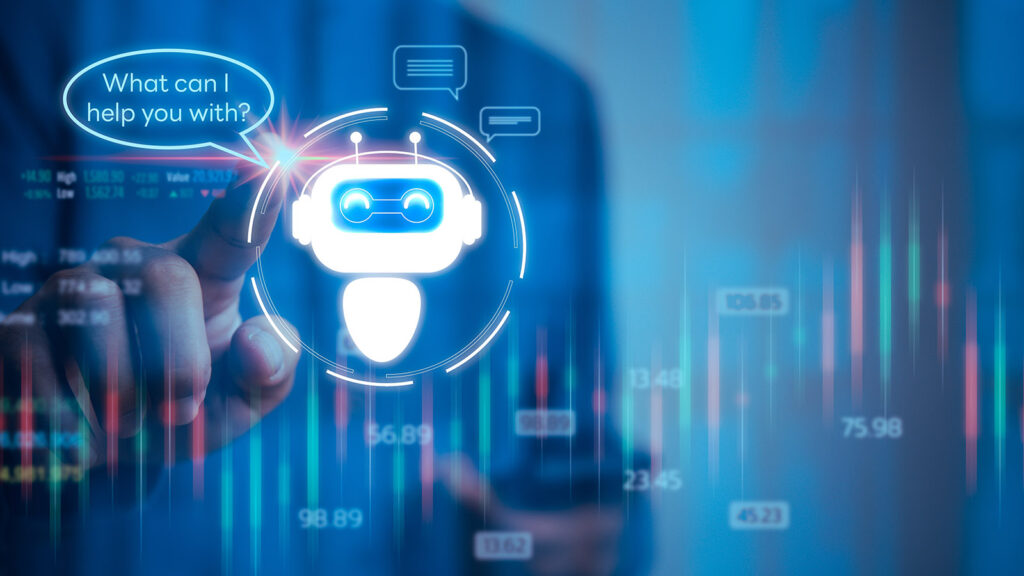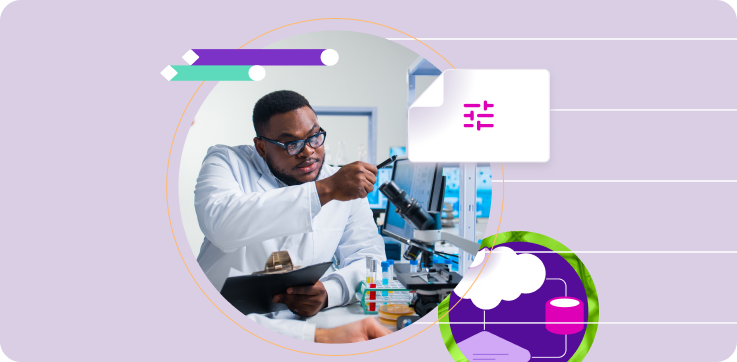
Corrective and preventive action (CAPA) processes can often slow life science companies down. Once a quality issue is discovered, it can take months to investigate and find the root cause of the problem and create effective protocols to fix and prevent further issues.
This drawn-out process can have significant consequences for organizations trying to get new drug therapies or medical products on the market, leading to long delays, increased costs, or compromised safety.
Typical CAPA processes include multiple quality managers investigating and analyzing data before proposing solutions.
However, in the age of generative artificial intelligence (AI), CAPA can be done much more quickly and even more effectively.
Keep reading to learn how generative AI can streamline your CAPA investigation. But first, let’s understand what is generative AI, and why there is such hype about it.
What is generative AI?
Generative AI is the ability of a machine or system to create text, images, algorithms, or outcomes in response to specific prompts, including data, analytics, and also machine learning.
Just as humans respond based on their knowledge and experience, generative AI systems can learn and improve responses over time.
With experience, generative AI gets smarter, faster, and even more accurate, and may be able to spot trends, patterns, and outliers much quicker than humans can.

Advantages of Generative AI
Generative AI can revolutionize different processes in your business thanks to its many advantages. Once implemented, it can make your business more efficient, productive, and sustainable. Let’s go over some of its advantages:
Save time
There are many repetitive tasks in manufacturing, production, and compliance that can easily be automated. A generative AI system can automatically document, report, or monitor processes, saving your employees significant time and company resources.
Analyze large data sets quickly
Generative AI systems can analyze large data sets almost instantly. This means that patterns, trends, and potential issues will be uncovered much faster than if a human was analyzing the data. New insights can be used to make quick decisions or the generative AI system can make its own decisions to correct issues and improve performance instantly.
Reduce instances of human error
When people are involved, human error is always a possibility. With machine learning, you can eliminate possible errors that might have been caused by a shift change or even a lack of manpower. Machines act according to algorithms and data, reducing the chance of human error.
Improve decision making
Let’s face it – Humans make mistakes.
Human decision-making is inherently flawed because humans are only able to consider so much information at a time. With generative AI, deeper analytics can be used to improve decision-making. AI systems can spot patterns across different departments and supply chains and identify trends in large data sets.
How is generative AI being used in the life science industry
Generative AI is already being used and impacting the life science industry.
In various industries, there are manufacturers who are already relying on generative AI for a variety of different processes.
AI not only helps them streamline many tasks, but it also gives them a competitive edge.
Developing new products or features is another process that benefits from it. AI helps analyze prototypes and suggest methods for improving products, reducing the amount of material required, or streamlining the manufacturing process.
Quality management is one of the top processes that benefit from AI.
AI can lead to early detection of quality issues and inefficiencies, but it can also predict possible failures and non-conformance, ensuring that issues can be fixed before they arise. AI can ensure equipment maintenance is up to par and allow for better risk management and mitigation.
AI can be used to automatically document and report manufacturing and development activities. This ensures that companies are following regulations and standards in their industries. Whether they need to follow FDA processes or ensure data protection under the GDPR, AI systems can ensure that all protocols are followed.

Why generative AI matters for CAPA
Wouldn’t it be ideal if CAPA processes could conduct themselves? With generative AI, they almost can. Generative AI can conduct much of the analytics required to find the root cause of quality issues and suggest potential solutions.
An AI-powered QMS can take data from across the supply chain and figure out where the quality issue arose.
Without AI it may be difficult for quality managers to spot the root problem while juggling customer complaints, manufacturing logs, as well as supplier purchase orders.
An AI system will spot patterns or connections across different processes.
How can generative AI be used with CAPA implementation
A CAPA investigation is only as effective as its implementation. To ensure quality issues do not continue, corrective and preventive protocols must be followed. AI systems can monitor all processes to ensure that future quality issues are avoided. AI can also spot events that may lead to a future quality issue and ensure that CAPA protocols are implemented.
The takeaway
CAPA processes require significant data-based decision-making. The more data that contribute to a decision, the sounder that decision may be. When quality managers conduct a CAPA investigation on their own, they are likely to miss certain data points or fail to see certain patterns or trends that will be easily spotted by an AI-powered machine.
Because generative AI systems can analyze significant amounts of data quickly, they make CAPA investigations more effective.
Quality managers can be secure that analyses are correct, and that they are making decisions based on all the available data. Furthermore, they can rest assured that CAPA protocols will be followed and future quality issues avoided.
Learn more about AI for the life science industry here.



